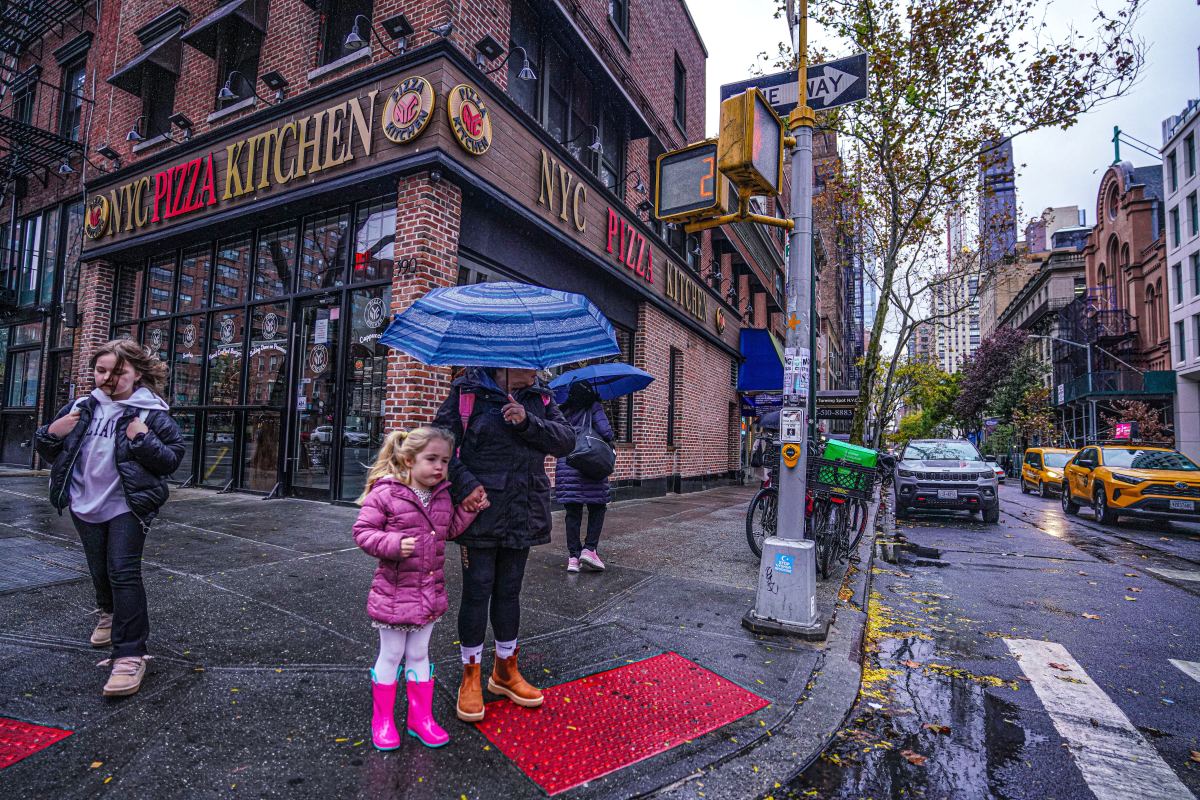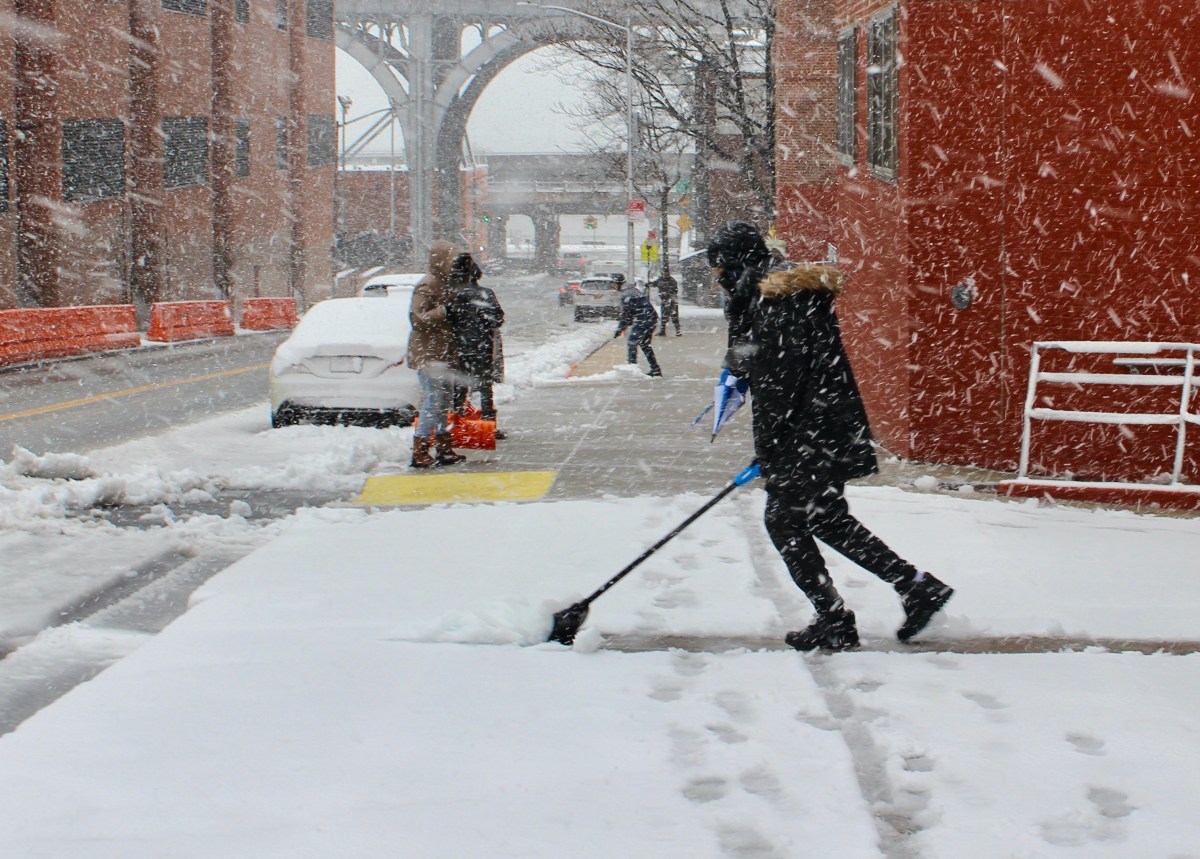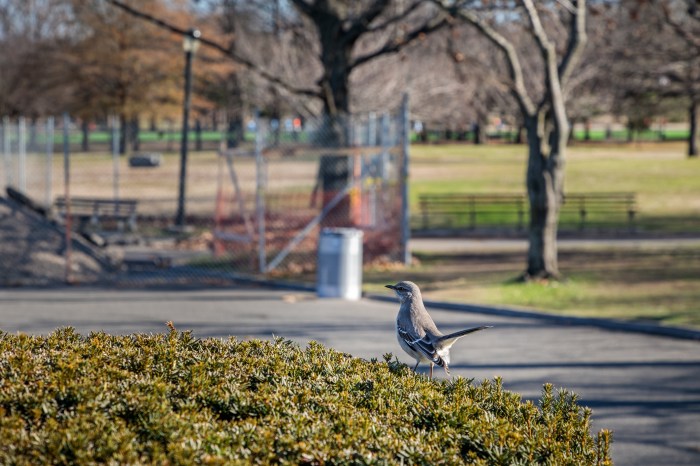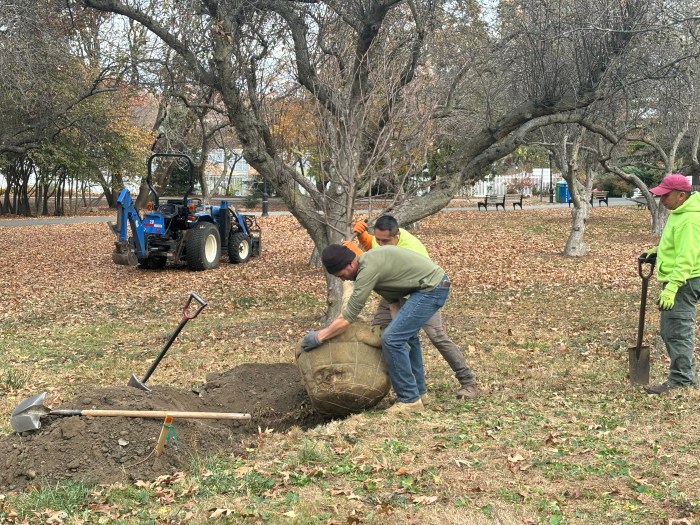Undaunted by President Trump’s decision to pull out of the Paris Agreement on climate change, Queens is moving ahead to make the borough greener and cleaner — regardless.
Actions, large and small, to better the environment are taking place in the city’s biggest borough, which covers 109 square miles.
Just last week, residents of Douglas Manor demanded that the city turn a small abandoned lot into green space for the whole community. It would be the first parkland for the affluent northeast Queens neighborhood and a gathering spot for young and old alike.
On a grander scale, Mayor Bill de Blasio is expected to issue an opinion within months on whether it is feasible to turn the old Rockaway Beach line into a High Line-style park. Friends of Queensway and the Trust for Public Land are pushing hard for a greenway, but transit advocates want the abandoned line reactivated to cut travel times for beleaguered Queens commuters.
Last fall, Jamaica Bay was seeded with 50,000 oysters to clean the water in one of the city’s most remarkable ecosystems in an effort to save the marshes, which had been dying off due to pollution and other factors. The restoration of Jamaica Bay is a story of true grit and measurable progress against formidable odds.
Leading the charge for a greener world in Queens is Astoria Councilman Costa Constantinides, chairman of the Environmental Protection Committee. He sponsored the most comprehensive environmental justice legislation of any city in the nation, which passed by a resounding margin. The measure gives poor and minority neighborhoods equal access to safeguards against pollutants as well as the benefits of clean technology. More than half the city’s power plants are located in Constantinides’ district, where childhood asthma is widespread.
Bike lanes keep expanding on the county’s crowded thoroughfares, but provide an alternative to gas-powered vehicles. Bioswales on sidewalks are capturing stormwater runoff before it swamps the borough’s overburdened sewer system.
Queens takes great pride in its rooftop farming in Long Island City and Jamaica. Even Newtown Creek, one of the most polluted U.S. industrial sites, now has a nature walk along the notorious waterway dividing Queens from Brooklyn. The water may be cleaner, but not fit for a swim.
Queens is green and getting greener. Mr. Trump, our native son, may dismiss environmental rules as an albatross and a stumbling block for industry, but residents from Astoria to Glen Oaks care deeply about purging their parkland, beaches and property of contaminants. They’re voting green.



































